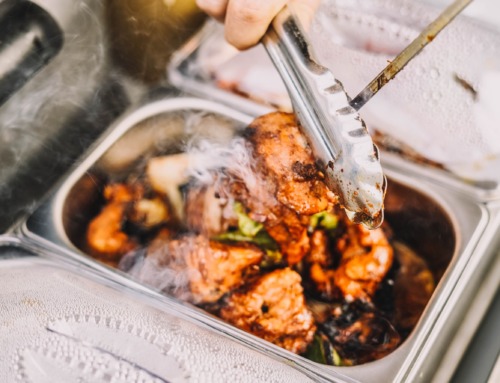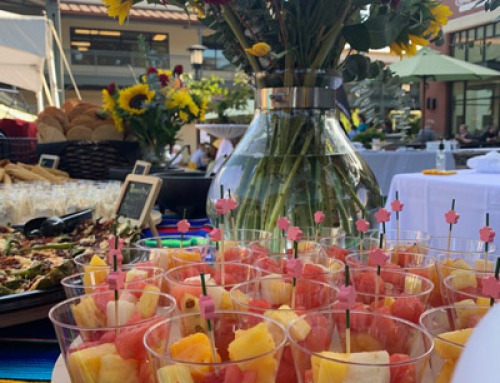As your favorite local Mexican restaurant, we know a thing or two about tequila. That being said, there are a few things about tequila that may surprise you. For those of you curious about this special spirit, here’s the rundown on tequila!
What Exactly is Tequila?
Tequila is a very specific spirit made from blue agave (Agave tequilana). Almost all tequila is made in Jalisco, Mexico, home of the city of Tequila. There are other spirits similar to tequila such as mezcal which is made from any type of agave plant found in various regions of Mexico. The term “tequila” became the intellectual property of Mexico in 1974, and the liquor can only be considered tequila if it is distilled from the blue agave plant within Jalisco and surrounding states.
How is Tequila Made?
Blue agave is the desert succulent plant that produces this golden (or silver) liquid. Tequila is made by distilling the fermented juices from the agave plant. The plant produces a large bulb called a piña which looks similar to a pineapple. It takes around 6 to 10 years for an agave plant to be mature enough to harvest. Piñas — or the hearts of agave plants — can get very large, weighing anywhere from 80 to a few hundred pounds (seriously, they can get huge).
Once mature, the agave plant’s leaves are cut away, and the piña is extracted to be baked in brick ovens or stainless steel autoclaves until all the starches are converted to sugars. Once cooked, the piñas are taken to a milling area for sugar extraction which involves mincing and straining out all the juices. The sugars are then fermented, which takes around seven to 12 days and then distilled at least twice. From there the liquor is either bottled immediately for sale or aged in barrels. It takes about 15 pounds of agave piñas to produce one liter of tequila.
What’s the Difference Between Gold and Silver Tequila?
Silver tequila — also called blanco or white — is characterized by its clear appearance. Silver tequila has this color (or lack of color) because it is bottled directly after being distilled. It is either aged for a very short period of up to two months or not aged at all. Because of this, some people see silver tequila as often being harsh to drink. It can be either 100 percent agave or a mix.
There are two reasons why gold tequila gets its color. One reason is that it could have been aged in barrels for over a year and gradually absorbed the color and flavor of the wood. The more likely reason is that caramel or other coloring was added to the liquor. These additives make the tequila smoother and easier to drink. This also means that this kind of tequila is often not 100 percent agave.
Whether it be in the form of a margarita or a shot with lime and salt, come enjoy some tequila at Chapala Mexican Restaurant at either of our two locations!






